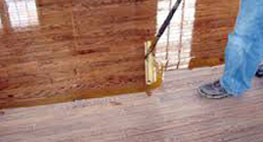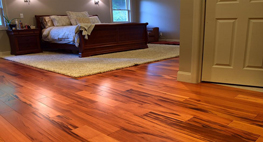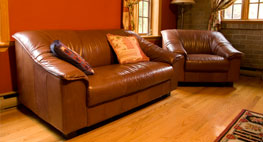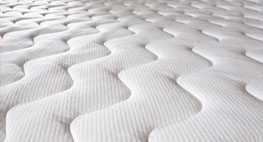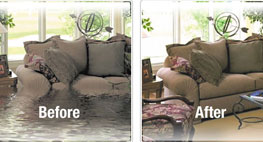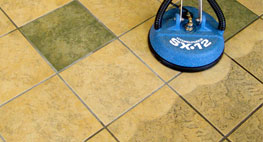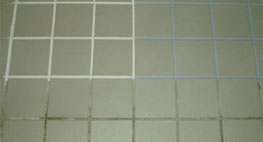Carpet and Allergens – Answers to Common Misconceptions
Allergens
Some biopollutants, such as animals, dander, house dust mites, and mold, have been linked to allergies and asthma, and many of these substances are commonly found in the average home. It is important to understand that the mere presence of allergens does not in itself pose a hazard. The allergen must be inhaled for exposure to occur, and in order for inhalation to occur, the allergen must be airborne.
Carpet acts as a trap for allergens
Carpet is capable of holding significant quantities of soil, dust, etc., without appearing very dirty. It has been demonstrated that carpet is quite efficient at keeping allergen and other small particles such as pollen out of the air. In fact, data from a Swedish government study indicates that when use of carpet declined, the number of people reporting allergy problems increased.
Regular vacuuming with a vacuum using a high-efficiency filter and periodic cleaning using the hot-water extraction cleaning (“steam cleaning”) removes the majority of allergen from carpet as well as significantly reducing mite populations.
Research has clearly shown that there is no correlation between allergen contained in carpet and allergen in the air in the carpeted room.
Research on carpet
In 2002, two schools in North Carolina were the subject of a study conducted by Research Triangle Institue (RTI) and University of North Carolina (UNC) investigators. One school had mostly resilient tile floors, while the other was 70-75% carpeted. The study found that airborne contaminants, possible sources of allergens, were higher over the tiled floors than over carpet.
Also in 2002, Professional Testing Laboratory studied the effect of foot traffic on air quality, using commercial carpet and commercial vinyl flooring. Following 16 minutes of foot traffic over both surfaces, the particulate concentration over the vinyl floor was found to be four times that of carpet.
Other studies, including one using Computational Fluid Dynamics (CFD), have reinforced these findings and concluded that carpets actually reduce exposure to particulates and potential adverse health effects.
In a recent paper, “Carpet, Asthma and Allergies – Myth or Realty,” Dr. Mitchell Sauerhoff, Ph.D., DABT, examined numerous scientific studies and other research contradicting some long-held beliefs on carpet’s alleged negative characteristics.
Sauerhoff concluded, “…based on the available science, carpet does not cause asthma or allergies and does not increase the incidence or severity of asthma or allergies symptoms. In fact, with respect to asthma and allergies, multiple studies have reported fewer allergy and asthma symptoms associated with carpet.”




